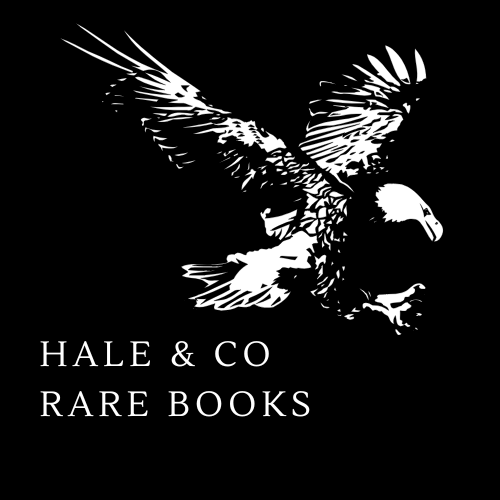The definitive edition of Chaucer’s collected works, edited by William Thynne, Henry VIII’s custodian and hunter of Chaucerian manuscripts. Sydney Lazarus Lee, a Victorian scholar of early modern English poetry, praised Thynne as the first genuine editor of Chaucer. Though Thynne couldn’t distinguish between genuine and spurious work, he printed a better text of the Canterbury Tales and included Chaucer’s Legende, Boece, Blanche, Pity, Astrolabe, and Stedfastness.
This undated (but c1550) edition was likely printed by Nicholas Hill and shared by four London publishers. The Petit variant, the present book, is the scarcest, with only 12 known copies in institutional libraries. Our copy is complete with evidence of ownership and original purchase price. Expertly rebound in period style on full smooth calf over wooden boards, it’s an agreeable, wide-margined copy of a work often lacking leaves and in tatters.
Provenance: Contemporary manuscript remarks to the title, including a note that Edward Coombes bought the book from Thomas Lainbard, and later Latin mottoes expressing personal doubts about love and fortune.
Folio in eights, 310 x 215 x 65 mm. A8 B-V6 X4 2A-3Q6; [8], cxciii, cxciii-cc, ccii-ccvii, ccx-cclxxi, cclxxiii-cclxxvii, cclxxix-ccclv, [1] f. Full modern calf in period style. Interior: 17 dampstained, worm-holed, and chipped leaves from another copy (A3-4 and 3O1-Q1); Minor stains, marginal tears, and soiling. A pair of scissors was trapped in the volume; a faint rust ghost of the instrument appears at f.xxxvi as pictured (no pages were cut or ripped from this odd ghost of rust remains. The remainder of the book (~98%) is remarkably clean and bright.
This undated (but c1550) edition was likely printed by Nicholas Hill and shared by four London publishers. The Petit variant, the present book, is the scarcest, with only 12 known copies in institutional libraries worldwide.
Our copy is complete with evidence of ownership and original purchase price. Expertly rebound in period style on full smooth calf over wooden boards, it’s a superb, wide-margined copy of a work often lacking leaves and in tatters.

























